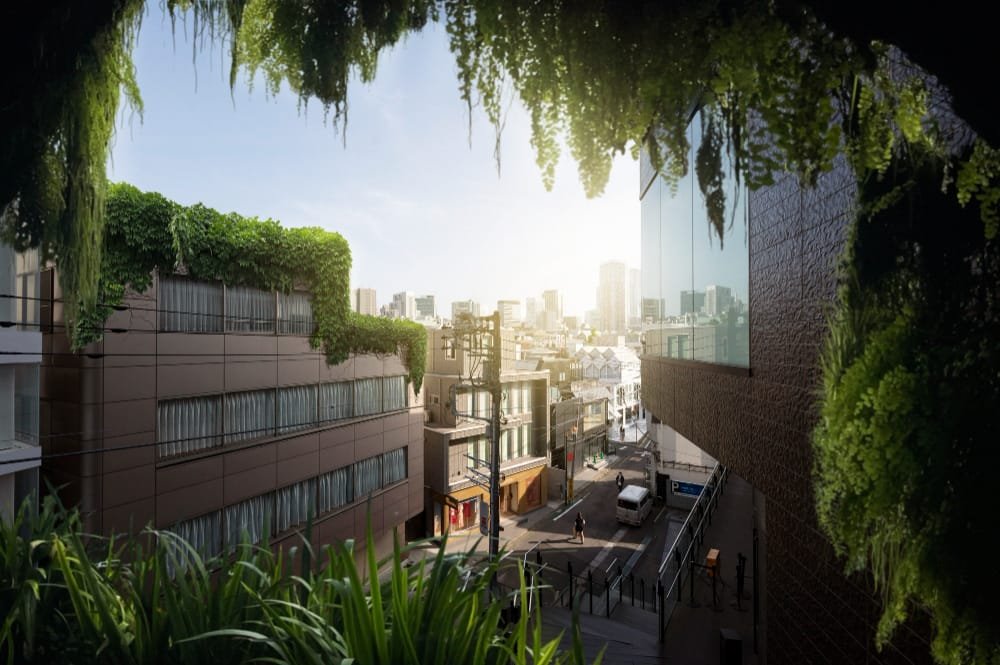Vietnam’s construction industry is undergoing a significant transformation, driven by the adoption of green building practices. With over 400 green buildings certified, covering 10 million square meters, the country has exceeded its original targets set for 2030. The push towards sustainable construction not only benefits the environment but also brings long-term economic and social advantages. Let’s take a deeper look into Vietnam Green Building Trends below!
The Rise of Vietnam Green Building Trends

Vietnam Green Building Trends began in the early 2000s, following global trends that took shape in the 1990s. Initially slow to take off, the country has now embraced sustainable construction practices, setting ambitious goals for the coming years. According to the Ministry of Construction, Vietnam aimed for 80 certified green buildings by 2025 and 150 by 2030. These goals have already been surpassed, demonstrating Vietnam’s commitment to energy-efficient designs and eco-friendly materials.
Sustainable Construction: A Solution to Growing Demand
As Vietnam’s housing demand surges—projected to increase by 70 million square meters annually by 2030—sustainable construction is vital. Conventional buildings are resource-heavy, using 17% of the country’s freshwater, a quarter of its wood, and 30-40% of its energy production. Green buildings offer a solution, using eco-friendly materials that are either recycled, energy-efficient, or less polluting. These structures reduce the environmental footprint while ensuring long-term sustainability.
Green building materials are an essential part of Vietnam Green Building Trends and construction strategy. These materials, highlighted by the Ministry of Construction, are recyclable, energy-saving, and contribute to reducing greenhouse gas emissions. They also help maintain a cleaner environment, promoting sustainable development across industries.
Energy Efficiency: A Key Benefit of Green Buildings
One of the most important aspects of Vietnam Green Building Trends is energy efficiency. With the support of the United Nations Development Programme (UNDP), several initiatives have been launched to enhance energy savings in commercial and residential buildings. Energy-saving solutions can cut a building’s energy consumption by up to 67%, with a payback period of five years. This is especially important as Vietnam commits to reducing its greenhouse gas emissions by 9% by 2030. The number could then rise to 27% with international support.
The Impact on Vietnam’s Construction Landscape
The adoption of Vietnam Green Building Trends is reshaping the country’s construction industry. As more businesses and government projects prioritize eco-friendly designs, the country is seeing a shift towards a more sustainable future. The transformation of Vietnam’s construction sector reflects global trends, with green building certifications like LEED, EDGE, and Lotus becoming more prevalent. These systems ensure that buildings meet specific energy and resource efficiency standards, contributing to a better environment inside and outside of structures.
Government Support and Future Goals for Vietnam Green Building Trends
Government policies play a crucial role in the advancement of Vietnam Green Building Trends. Over the past five years, the Ministry of Construction, in collaboration with the UNDP, has introduced projects that improve building efficiency and promote sustainable practices. The National Technical Regulation on Energy Efficient Buildings now mandates technical standards for new skyscrapers, aiming to cut energy use and encourage eco-friendly designs.
By 2030, Vietnam aims to make substantial progress in sustainable construction. The country’s strategy includes updating policies to support resource allocation, encouraging stakeholders to invest in energy-efficient projects, and promoting green materials.
Vietnam Green Building Trends are transforming the country’s construction landscape. With the growing use of energy-efficient designs and eco-friendly materials, the industry is set to meet the demands of a rapidly urbanizing nation while addressing environmental challenges. As the country continues to embrace sustainable construction, green buildings will play an increasingly vital role in shaping Vietnam’s future.

